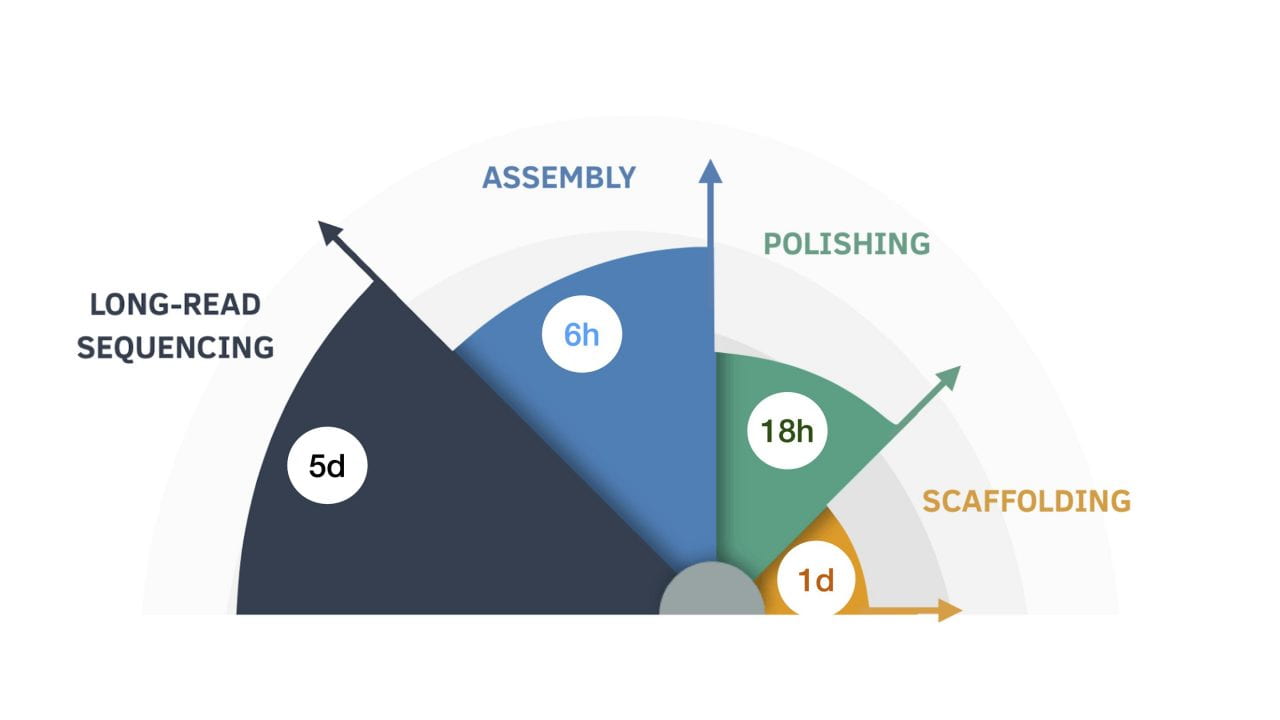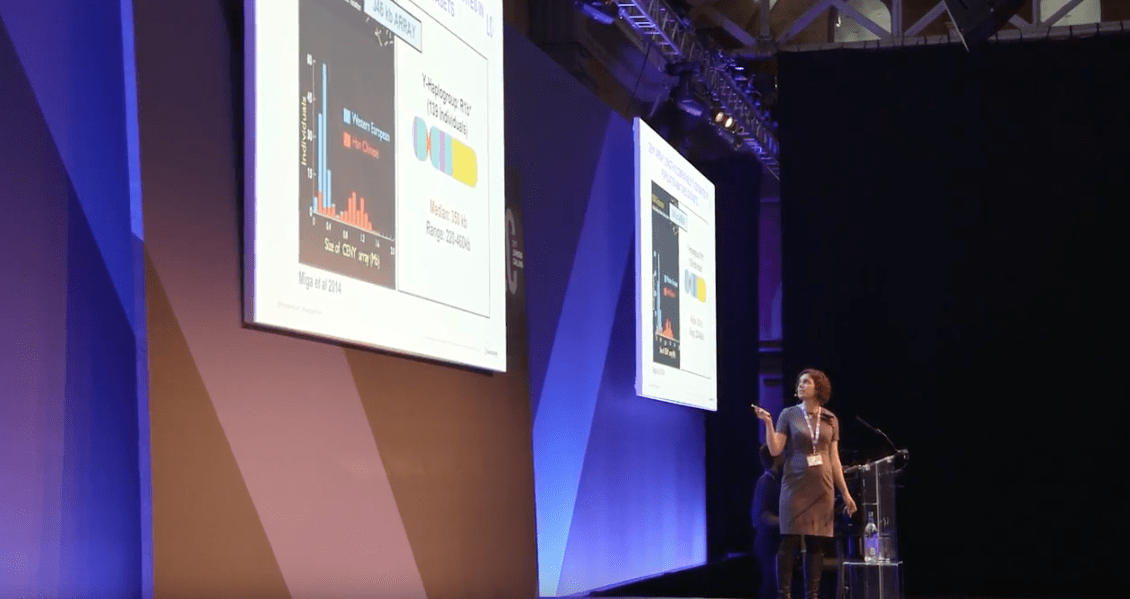Category: Sequencing
-

The Computational Genomics Platform (CGP) Provides Global Access to Genomic Data and Tools
In 2017, Benedict Paten and collaborators proposed the “Data Biosphere” as a means to substantially accelerate genomics and biomedical research by building cloud platforms where components are modular, open and based on community standards (such as those developed by the Global Alliance for Genomics and Health (GA4GH)). Each platform contains portals for secure access to…
-

The (near) complete sequence of a human genome
Adam Phillippy | Genome Informatics Section | September 22, 2020 The Telomere-to-Telomere (T2T) consortium is proud to announce our v1.0 assembly of a complete human genome. This post briefly summarizes our work over the past year, including a month-long virtual workshop in June, as we strove to complete as many human chromosomes as possible. Our progress over the summer…
-

Genome of beloved sea otter Gidget now available for browsing
UC Santa Cruz Genomics Institute | May 13, 2020 A sea otter genome browser — featuring the Monterey Bay Aquarium’s beloved Gidget – is now available to the public. The visualizable genome for the Southern sea otter, Enhydra lutris nereis, comes following work by the National Center for Biotechnology Information (NCBI) and UC Santa Cruz software bioinformaticians to make available the…
-

Eleven human genomes sequenced and assembled in nine days
In this diagram, the nine-day genome assembly process is broken down by length of time for each step. University of California – Santa Cruz | May 4, 2020 It’s only been three years since UC Santa Cruz researchers proved that long-read human genome assembly using the same nanopore technology developed on campus could be done at all.…
-

The Outlook for 2020 and Beyond
Image Source: YinYang / Getty Images GEN invites its readers to gaze into the crystal ball that is the January 2020 issue Mike May, PHD | Genetic Engineering & Biotechnology News | January 3, 2020 The crystal ball has had its ups and downs as a means of divination. Although it was esteemed by the…
-

Whole genome sequencing could help save pumas from inbreeding
When students at UC Santa Cruz found a dead mule deer on campus, they figured it had been killed by coyotes. Wildlife biologist Chris Wilmers rigged up a video camera to spy on the carcass at night. But the animal that crept out of the shadows to dine on the deer was no coyote—it was…
-

NIH Funds New Centers To Expand And Diversify The Human Reference Genome
NIH funds new centers to expand and diversify the human reference genome The UC Santa Cruz Genomics Institute will play a leading role in the ambitious new Human Pangenome Reference Sequence Project Tim Stephens | UCSC | Sep 24, 2019 New grants from the National Institutes of Health (NIH) totaling approximately $29.5 million will enable…
-

Playing a long game
Michael Eisenstein | Nature Methods | 30 July 2019 This past February, Adam Phillippy of the National Human Genome Research Institute showed the genomics community something it had never seen before: a complete human chromosome. It’s no secret that the human genome sequence published in 2000 was merely a fragmented rough draft, and nearly 20…
-

New Human Genome Reference Projects Combine Long Nanopore Reads, Other Data Types
| GenomeWeb | Mar 26, 2019 | Julia Karow NEW YORK (GenomeWeb) – Two ongoing efforts to produce new human genome assemblies are combining ultra-long nanopore reads with other types of sequencing and mapping data to generate gapless or near-gapless assemblies that can serve as reference genomes for future studies. The Telomere-to-Telomere (T2T) consortium, led…
-

UC Santa Cruz Research Signals Arrival of a Complete Human Genome
New era exposes obscured gaps in our genetic maps critical to human health SANTA CRUZ, CA – March 19, 2018 – It’s been nearly two decades since a UC Santa Cruz research team announced that they had assembled and posted the first human genome sequence on the internet. Despite the passage of time, enormous gaps…